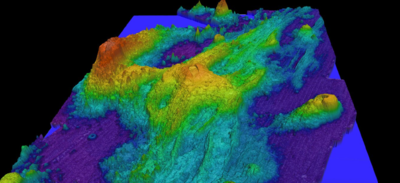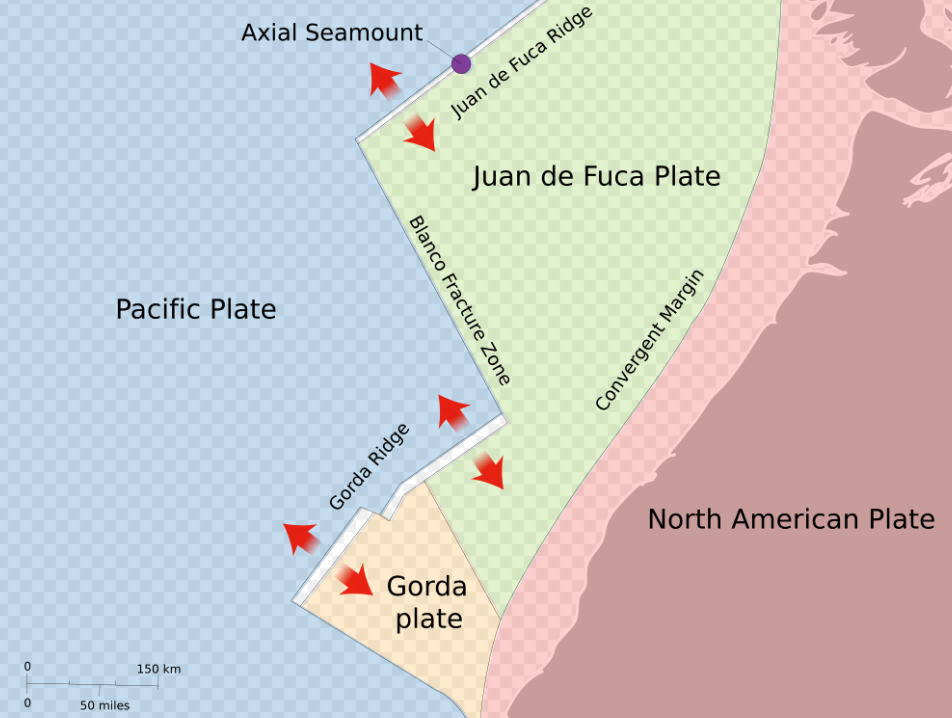ARTICLE AD BOX

Axial Seamount (Photo: Wikimedia Commons )
Earth gives us some rare opportunities to get a glimpse of what's actually happening inside its deep and dynamic core, and one such moment is happening deep beneath the Pacific Ocean.
Under miles of water, lies a submarine volcano quietly gearing up for what could be its next eruption. While this event may not be noticeable on the land, it holds a significant scientific value.
The underwater volcano that could erupt soon
About 300 miles away and nearly a mile beneath the surface and off the coast of Oregon is an Axial Seamount, a submarine shield volcano that has erupted in 1998, 2011, and 2015. According to the American Geophysical Union, another eruption may happen before the end of 2025.Axial sits along the Juan de Fuca Ridge, where two tectonic plates, the Juan de Fuca and Pacific, are pulling apart. This, along with its geologic hotspot origin, makes it unique and active.

Location of Axial Seamount (Photo: Wikimedia commons)
What makes this special to the scientists
This Axial Seamount is fitted with a vast undersea network of the Ocean Observatories Initiative’s Regional Cabled Array, which provides real-time data, video, and high-resolution images via fiber-optic cables stretching from the Oregon coast to the volcano summit.
Researchers call this the most monitored patch of seafloor in the world, according to Forbes. This observatory has already allowed scientists to get a glimpse of the past eruptions live and study seismic changes and magma build-up beforehand.
How do the scientists infer the possible eruption
Scientists believe the Axial Seamount could erupt soon because of two major signs. First, the seafloor around the volcano has started to swell, reaching levels similar to what was seen right before its last eruption in 2015.
Second, there's been a big increase in small earthquakes, over 1,000 tiny tremors a day, as magma moves and builds pressure beneath the surface. According to Forbes, these clues suggest that something big could be brewing under the sea.
Will this eruption impact the people on the land?
Although powerful, this volcano lies far underwater, so there’s minimal danger to land, and no risk of a tsunami or earthquake triggered by its eruptions.Scientists are eager to capture the eruption because it could reveal new information about volcanic behavior at mid-ocean ridges and, potentially, inform forecasts for dangerous land volcanoes.
How will this impact the ecosystems?
Eruptions at Axial highly disrupt hydrothermal vent ecosystems, but studies have shown life bounces back surprisingly fast. Scientists hope to see how microbial and animal life returns after being buried by lava, which could be helpful in making deep-sea mining budget-friendly and economical.



.png)
.png)
.png)
















 2 hours ago
2
2 hours ago
2









 English (US) ·
English (US) ·